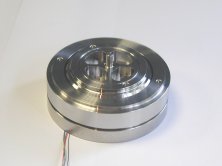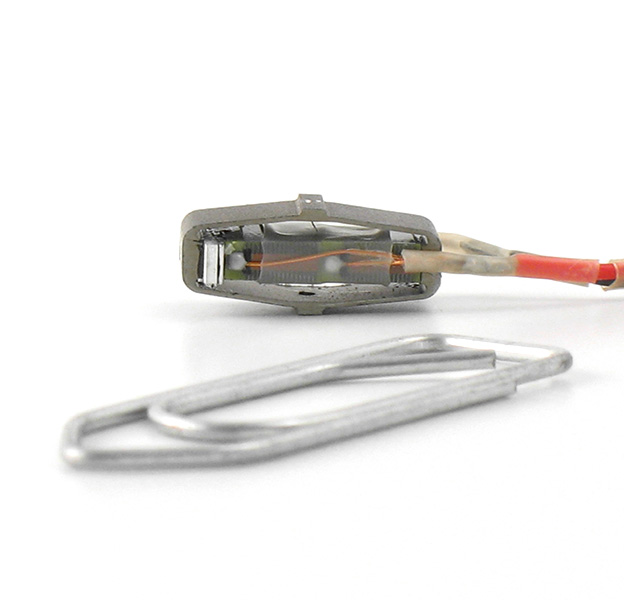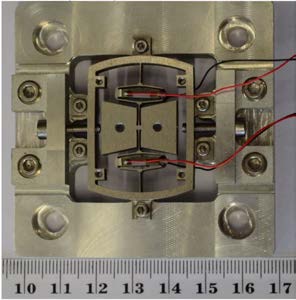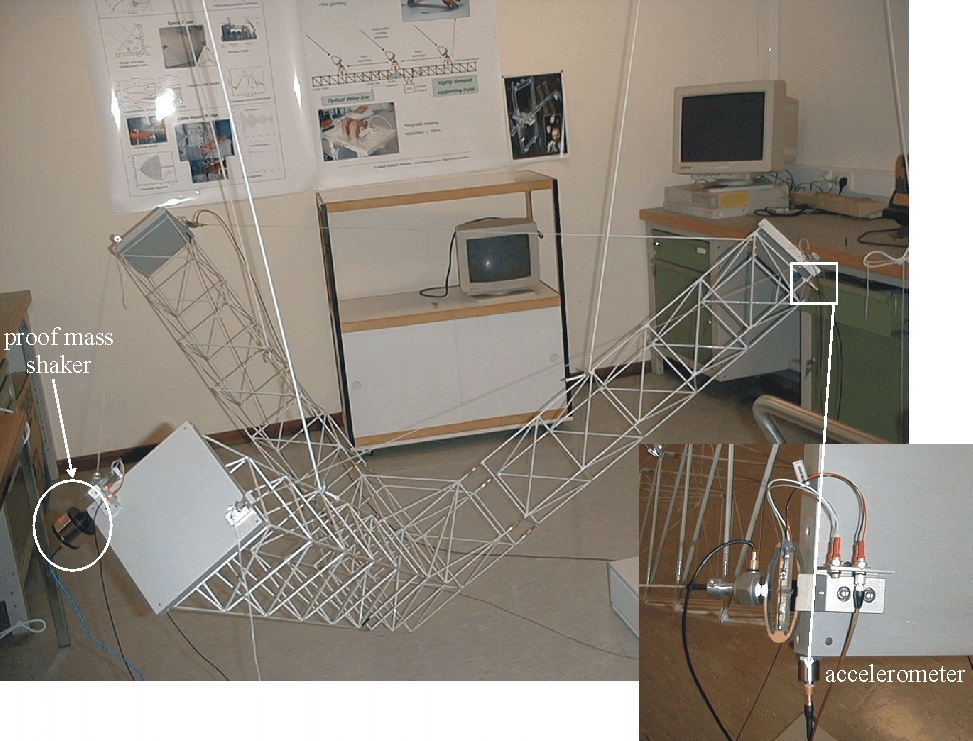Publications
Categories
- (34)
- (9)
- (3)
- (145)
- (18)
- (7)
- (5)
- (8)
- (9)
- (17)
- (2)
- (104)
- (7)
- (15)
- (7)
- (2)
- (1)
- (6)
- (155)
- (20)
- (2)
- (5)
- (111)
- (35)
- (11)
- (4)
- (59)
- (18)
- (3)
- (7)
- (62)
- (18)
- (5)
- (24)
- (7)
- (12)
- (1)
- (2)
- (2)
- (1)
- (1)
- (14)
- (13)
- (4)
- (6)

Rotating piezo actuator for high accuracy positioning in space applications
7 January 2002
Piezo-electric motors have been successfully developed for various applications like autofocus drives in camera lenses and handling equipment for semiconductor production. Their high speed and accurate positioning capability, combined with a favourable holding torque in unpowered condition, make piezo motors also very attractive for actuation purposes in spacecraft mechanisms. However, so far only a few studies have been reported considering their suitability for actual use in space.

Zero Boil Off Compressor Based on MICA Actuators
19 June 2023
A reed valve compressor technology for future science spacecraft application, is being developed by CEDRAT TECHNOLOGIES
(CTEC), based on the very compact and high-power MICA300CM actuator (Moving Iron Controllable
Actuator). The present publication details the compressor breadboard design and test results, manufactured in the frame
of an ESA Technological Research Program (TRP), for the testing of a Zero Boil Off Hydrogen storage demonstrator.
The test results presented have been realized at compressor level with Helium gas at CTEC facilities, and the full 20K
Hydrogen storage demonstrator is soon to be tested.

3D ultrasonic imaging probes
1 January 2001
Implementation of 3D capabilities on ultrasonic imaging systems tantalizingly proves the high interest for this diagnosing modality. However, to become a clinical tool, 3D ultrasound has to spend further technological efforts in acquisition performance and probe size to deliver on the fly, quality volumetric images as well as current functionalities.

Active control of the spatial MRI phase distribution with optimal control theory
7 November 2019
This paper investigates the use of Optimal Control (OC) theory to design Radio-Frequency (RF) pulses that actively control the spatial distribution of the MRI magnetization phase. The RF pulses are generated through the application of the Pontryagin Maximum Principle and optimized so that the resulting transverse magnetization reproduces various non-trivial and spatial phase patterns. Two different phase patterns are defined and the resulting optimal pulses are tested both numerically with the ODIN MRI simulator and experimentally with an agar gel phantom on a 4.7 T small-animal MR scanner. Phase images obtained in simulations and experiments are both consistent with the defined phase patterns. A practical application of phase control with OC-designed pulses is also presented, with the generation of RF pulses adapted for a Magnetic Resonance Elastography experiment. This study demonstrates the possibility to use OC-designed RF pulses to encode information in the magnetization phase and could have applications in MRI sequences using phase images.

A bistable piezoelectric harvester for wideband mechanical frequency excitation
19 June 2023
The developments of autonomous systems such as for self health monitoring, embedded systems are increasingly used in industrial applications. The energy supply is a key point for the development of such systems. Solutions based on battery have limited life time and the power supplies through wires aren’t always appropriate and easy to install. Furthermore, the battery recycling is complex and an expensive process. The researches on power supply through harvesting systems are increasing in the same way the autonomous systems.

Active control of vibrations of a space truss using amplified piezoelectric actuators
19 June 2023
The new piezo actuators manufactured by Cedrat Technologies have been developed for the positioning control of space optics but they are spreading widely in various engineering fields such as precise positioning, intelligent control of shapes and generation or control of vibrations. Their ability for the control or active damping of vibrations has been successfully demonstrated at the lab scale in space applications. In a first case, the piezo actuators were used for both for the control of launching vibrations and the positioning control in orbit of a telescope mirror. In a second set of space applications, these piezo actuators have been successfully integrated in a space truss using active tendons for control of micro vibrations, as publicly released at the Industry Space Days (ISD2001, Noordwijk, 9-10 Mai 2001) and as presented in this paper.


